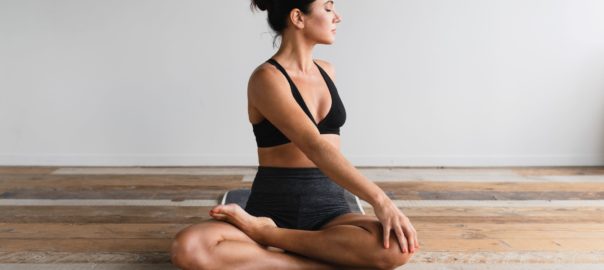The hamstrings
Your hamstring is a group of 3 muscles and tendons that run along the back of your thigh, from your hip down to your knee.
Although these muscles aren’t active during walking or standing, they will help you during activities that involve bending your knee such as running, jumping and climbing.
What causes hamstring injuries?
As with any muscle injury, a hamstring injury can occur if you stretch any of these tendons or muscles beyond their limit.
During more sudden movements such as sprinting or jumping, injury is more likely. They can also occur during slower movements that cause you to overstretch your hamstring.
Types of hamstring injuries
There are 3 grades of hamstring injury:
- Grade 1 – a mild muscle pull or strain
- Grade 2 – a partial muscle tear
- Grade 3 – a complete muscle tear
Grade 1 strains is usually mild and will cause pain suddenly and the back of thigh may be tendon. Often this can cause pain on moving your leg but you’ll retain your muscle strength.
Grade 2 involves a partial tear to your hamstring which will be tender and more painful. You may notice some swelling or even bruising to the back of your thigh. There may also be some lose of strength in your leg.
A grade 3 tear is more severe and is usually very painful, swollen and bruised. People often report a “popping” feeling at the time of injury and are unable to use the leg.
Recovery from a hamstring injury can depend on its severity. Recovery from a minor strain (grade 1) usually takes a few days to heal. You should be able to return to sporting or training activity after a few days rest. Grade 2 or 3 tears can take weeks or months to recover and you’ll be unable to train or exercise during this recovery.
Home treatment
Current evidence published by the Association of Chartered Physiotherapists in Sports & Exercise Medicine recommends following the Price guidelines especially in the first 2 to 3 days of injury:
- Protection: splints, taping or modifying your activity with relative rest.
- Rest: keep your leg still and avoid activity in the first few days. Gradually and gently load the hamstring relative to the grade of injury. This is best done under physiotherapy guidance.
- Ice: apply a cold compress or cold packs (a bag of frozen peas wrapped in a towel can be used) every 2-3 hours. Do not apply directly to the skin.
- Compression: strapping the thigh can provide compression and reduce swelling. This can prevent further damage due to movement of your hamstring.
- Elevation: place your leg higher than your heart, on a pillow for support. This will help to reduce the swelling.
Gentle exercises and stretches
Returning to strenuous exercise too quickly could make your injury worse, but avoiding exercise for too long can cause your hamstring muscles to shrink and scar tissue to form around the tear.
To avoid this, you should start doing gentle hamstring stretches after a few days, when the pain has started to subside. This should be followed by a programme of gentle exercise, such as walking and cycling, and hamstring strengthening exercises.
Many people need to avoid sports for at least a few weeks, but the length of time you need off will depend on the severity of your injury.
Physiotherapy treatment
If your injury is taking more than a few weeks to heal, physiotherapy can be a real benefit. Physiotherapy treatment will help you:
- Reduce the pain and inflammation in your hamstring
- To increase your range of motion and strength in your knee muscles and hamstring
- Strengthen your calves, hip and pelvis muscles which will improve your stability and balance
- Improve your technique and function during activity to help prevent further injuries

